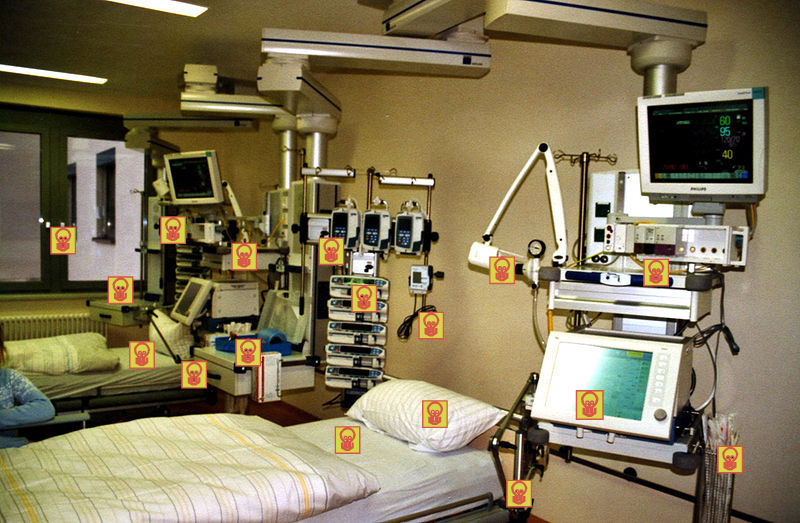For centuries, scientists have studied light and believed it behaved in two ways: sometimes as waves and sometimes as particles. But now, Princeton researchers have found a “middle way”; light as crystals.
IndustryTap has reported on the challenge and promise of quantum computing based on manipulating the charges of individual atoms. Study of matter at the quantum level is relatively new and as a result new phenomena are being discovered all the time about how the universe operates at this level.
A team of researchers at Princeton University, led by 35-year-old wunderkind Andrew Houck, assistant professor of Electrical Engineering, has been developing technology to store quantum information with the ultimate goal of making quantum computers a reality.
Much of the team’s work involves fundamental research on the behavior of matter and light at the atomic level.
Last week, the team reported in the journal Physical Review X that it had discovered a phenomenon that hadn’t been seen before: the transformation of light into solid crystals. Using a novel superconducting machine, the team was able to cause 100 billion atoms to behave like one artificial atom. This artificial atom was placed next to a superconducting wire containing photons, causing the photons to freeze like a solid, emitting light.
According to Hakan Tureci, assistant professor of electrical engineering, and a member of Houck’s team, “we set up a situation where light effectively behaves like a particle in the sense that two photons can interact very strongly and in this method . . . freeze.”
The study of light at the quantum level is surely in its infancy and researchers at Princeton believe many breakthroughs are ahead as they scale up and try to answer interesting issues and questions that have arisen as a result of this breakthrough.
For more information, see the journal reference at Physical Review X.
Related aricles on IndustryTap:
- State-of-the-Art Physics Software Elevates Paper Airplane Design to a New Level
- Physics Meets the Playground for a Cloud-Walking Adventure
- Amazing Invisibility Cloak Hides Objects Using Readily Available Complex Lenses
References and related content:






